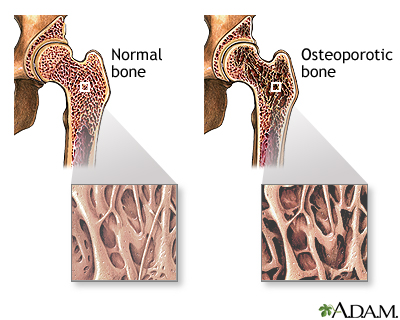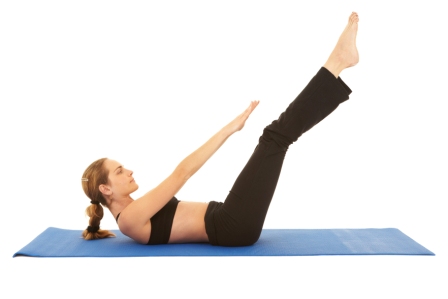Traditional Chinese Medicine
Acupuncture: what is it?
This involves the insertion of fine, sterilised needles into specific acupoints. It is used to stimulate certain organs, move Qi blockages, and encourage healing. The W.H.O. recognises it as a suitable and effective treatment for a wide range of conditions. The needles used at the Fitzwilliam Health Clinic are disposable, single use needles. For the majority of acupoints, the needle insertion is painless, although there can be a feeling of warmth, tingling or a dull ache. People vary in their experience of acupuncture, but most find it a very relaxing experience.
How does it work?
By using very fine needles to simulate specific acupuncture points, acupuncture can help release energy and re-balance your health. Acupuncture treats underlying conditions as well as symptoms, for example in treating arthritis the pain is treated as well as the cause.
How will I feel after the first acupuncture treatment?
Some people feel an immediate relief of their symptoms after an acupuncture treatment, which may or may not remain for few days. For others it may take a few treatments to feel any benefit. The majority of people find the treatment itself very relaxing and calming.
Some people may experience mood changes or changes in their bowel and bladder functions after an acupuncture treatment. This is quite normal and shows that your body is responding to the treatment. However if you are concerned about any aspects of your health, please ring Amanda at the clinic or contact your GP.
Electro-acupuncture
With this treatment, two small clips are placed onto the ends of inserted acupuncture needles, using an electrical current the needles are stimulated electronically. Patients usually feel only a slight pulsation at the two acupoints. Electro-acupuncture is used for pain management, musculoskeletal problems, sinusitis, gynaecological conditions and many other conditions that may require frequent needle stimulation during a treatment session
With this treatment, two small clips are placed onto the ends of inserted acupuncture needles, using an electrical current the needles are stimulated electronically. Patients usually feel only a slight pulsation at the two acupoints. Electro-acupuncture is used for pain management, musculoskeletal problems, sinusitis, gynaecological conditions and many other conditions that may require frequent needle stimulation during a treatment session
Cupping
This is a method of stimulating acupuncture points with suction using either glass, plastic or bamboo cups. This technique causes localised bruising as blood and energy (Qi) are pulled to the site, therapeutically stimulating the area. It is used for backache, sprains, soft tissue injuries, chronic bronchitis.
This is a method of stimulating acupuncture points with suction using either glass, plastic or bamboo cups. This technique causes localised bruising as blood and energy (Qi) are pulled to the site, therapeutically stimulating the area. It is used for backache, sprains, soft tissue injuries, chronic bronchitis.
Amanda frequently uses cupping as a relaxation technique in patients who are suffering from stress and have very tight shoulder muscles.
Moxibustion
This is a very comforting and effective form of heat treatment which Amanda uses in certain cases of infertility, muscle strain or digestive ailments.
Herbal medicine
Decoctions / teas are the most effective form, as each prescription has specific herbs chosen for your individual needs.
Decoctions / teas are the most effective form, as each prescription has specific herbs chosen for your individual needs.
The raw herbs are the strongest form that Chinese medicine comes in, from experience using all the other forms of Chinese herbs (concentrated powders, granules, patent herbal pills) Amanda only prescribes ‘raw’ herbs from her pharmacy because they get the best results although they do require cooking and can taste very different.
For skin disease and fertility issues, acupuncture is only used to address a co-existing problem which is making the skin condition worse or upsetting the menstrual cycles in fertility treatments. Examples might be anxiety, depression, insomnia, severe digestive difficulties or menstrual symptoms.
Dietary Advice
The way that we eat our food is as important as what we eat. Different food flavours (sour, sweet, salty, bitter, etc) have varying effects on our bodies. The different types of food also effect the efficiency of our metabolism. If your diet is poor or if you are eating in a way that is not benefiting your digestion, your absorption of vital nutrients will be affected leading to illness and fatigue.
As part of your treatment, Amanda will go over your dietary habits during the second consultation.









